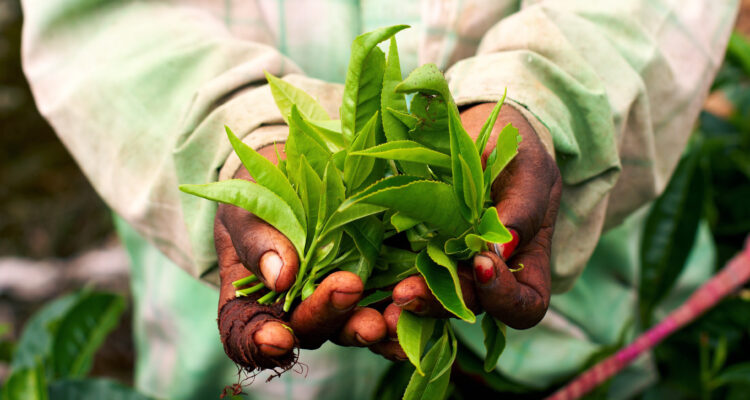The 13th May 2023 was ‘World Fair Trade Day’, a global celebration of Fair Trade. You may have seen the fairtrade logo around supermarkets or heard people talking about it. But do you know what it really means?
One thing to understand about fairtrade is that how it’s written has a major impact on its definition. Firstly, the Fairtrade logo, and ‘fair trade’ as a concept are two separate things.
The Fairtrade logo
This logo is used on products in the UK that have been certified by the global group of Fairtrade International and their associates. The logo is displayed on products which:
- Have been grown using sustainable methods by farmers in developing countries[1].
- Must guarantee a minimum fair price is paid to the farmers and comply with internationally agreed standards[2].
These standards are designed to support the sustainable development of smaller producer organisations and agricultural workers in developing countries. These standards follow a set of social, economic, and environmental criteria[3].

Fair Trade
Whereas the term ‘Fair Trade’ describes companies following the ‘10 principles of Fair Trade’s set out by The World Fair Trade Organisation (WFTO). These companies are regularly audited by third parties to make sure they are practicing the ‘10 principles of fair trade’ in their supply chain.
What are the 10 Principles of Fair Trade?
1. Creating opportunities for economically disadvantaged producers
Supporting marginalised, small produces to move towards a secure income, self-sufficiency and ownership.
2. Transparency and accountability
Involving the producers in decision making.
3. Fair trading practices
Trading with concern for the social, economic, and environmental wellbeing of marginalised small producers. Making sure not to just maximise profits at their expense.
4. Payment for fair price
A fair price is agreed by all involved.
5. Ensuring no child labour or forced labour
Following the UN’s convention of children’s rights, as well as following local laws on employment of children.
6. Commitment to non-discrimination, gender equality, Women’s economic empowerment and freedom of association
Respecting the trade unions rights and rejecting discrimination based on gender, religion, or ethnicity.
7. Ensuring good working conditions
Providing safe and healthy working conditions for all, ensuring working hours and conditions comply with international labour conventions.
8. Providing capacity building
Developing the skills and capabilities of its employees or members so they can continue to grow.
9. Promoting Fair Trade
Raise awareness for the aims of Fair Trade and the need for greater justice in world trading.
10. Respect for the Environment
Caring for the environment by maximising use of sustainable energy and raw materials while minimising waste and pollution. [4]
What sorts of products can you buy that are fairtrade?
There are over 6,000 Fairtrade products and buying them makes sure the people involved in making your products and the environment they work in are treated well. Some of the most common fairtrade products are:
- Bananas
- Coffee
- Cocoa (chocolate)
- Wine
- Flowers
- Tea
Looking to care more for the environment?
Here at Vavista we’re not just about insurance, we care about the planet too! That’s why we plant a tree for every policy we sell to help offset your carbon footprint.
Get a car insurance quote today
[1] The Fairtrade Foundation – Food labelling – CCEA – GCSE Home Economics: Food and Nutrition (CCEA) Revision – BBC Bitesize
[2] What is fair trade and how does it affect your food shop? – BBC Food
[4] 10 Principles of Fair Trade – One World Shop



